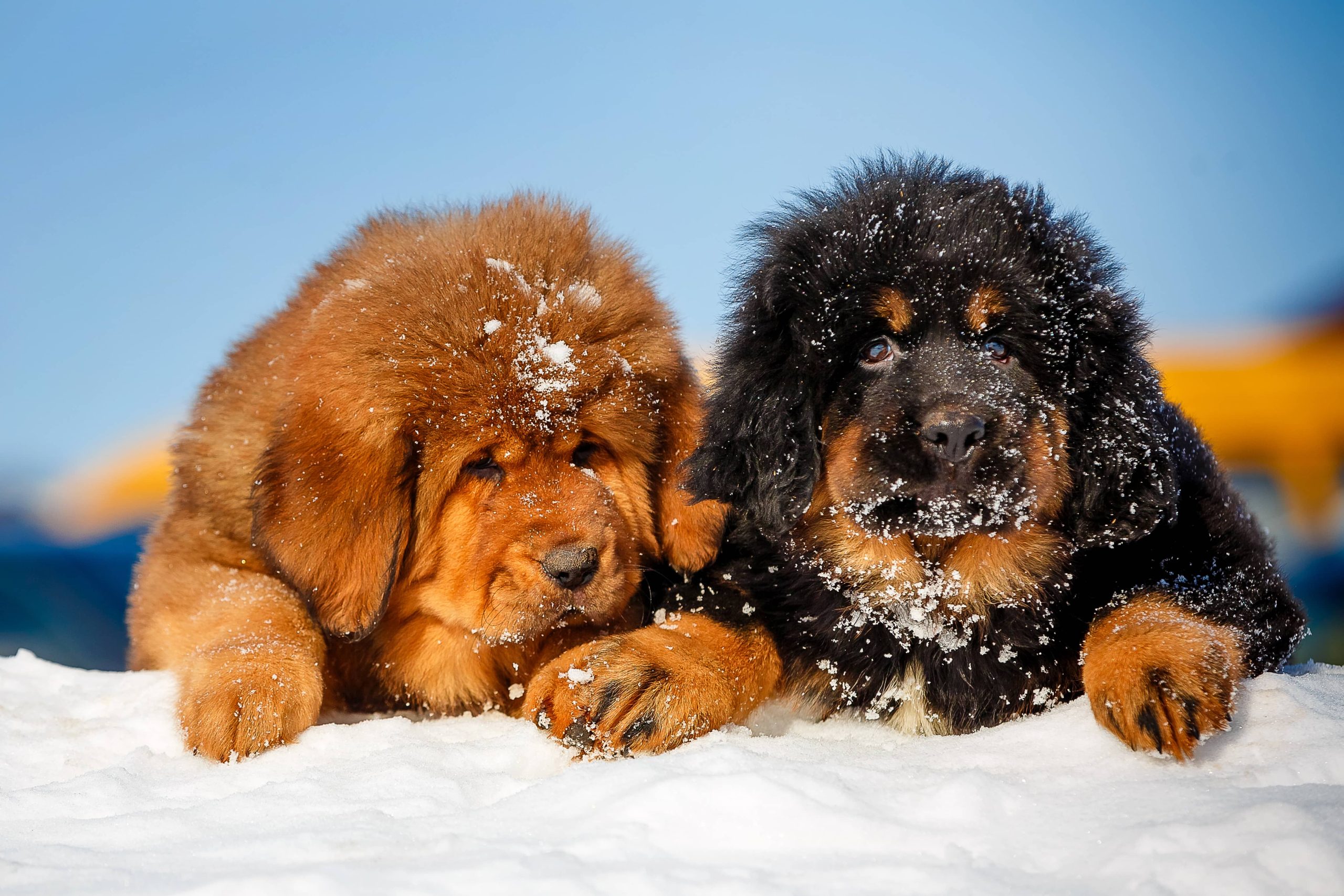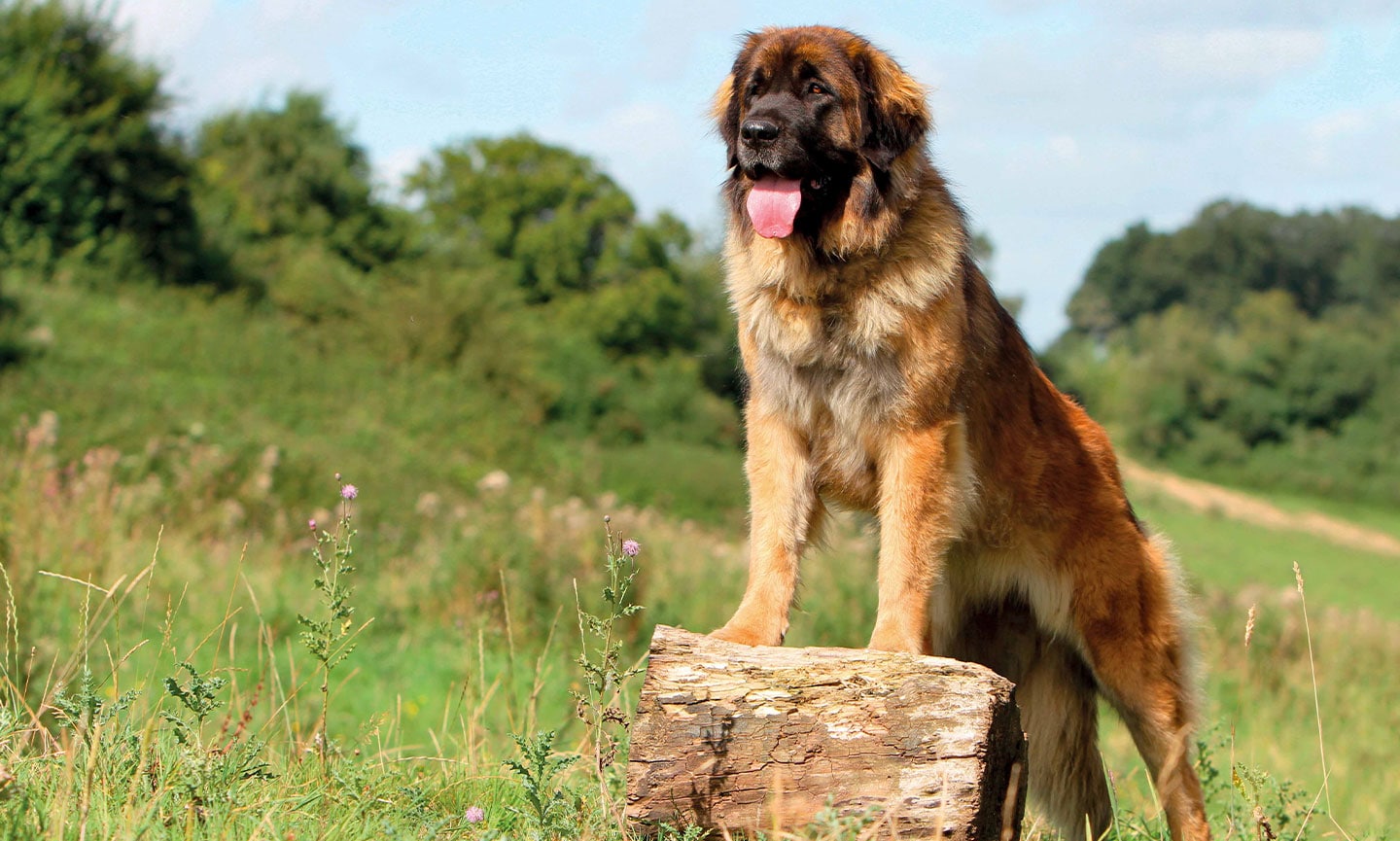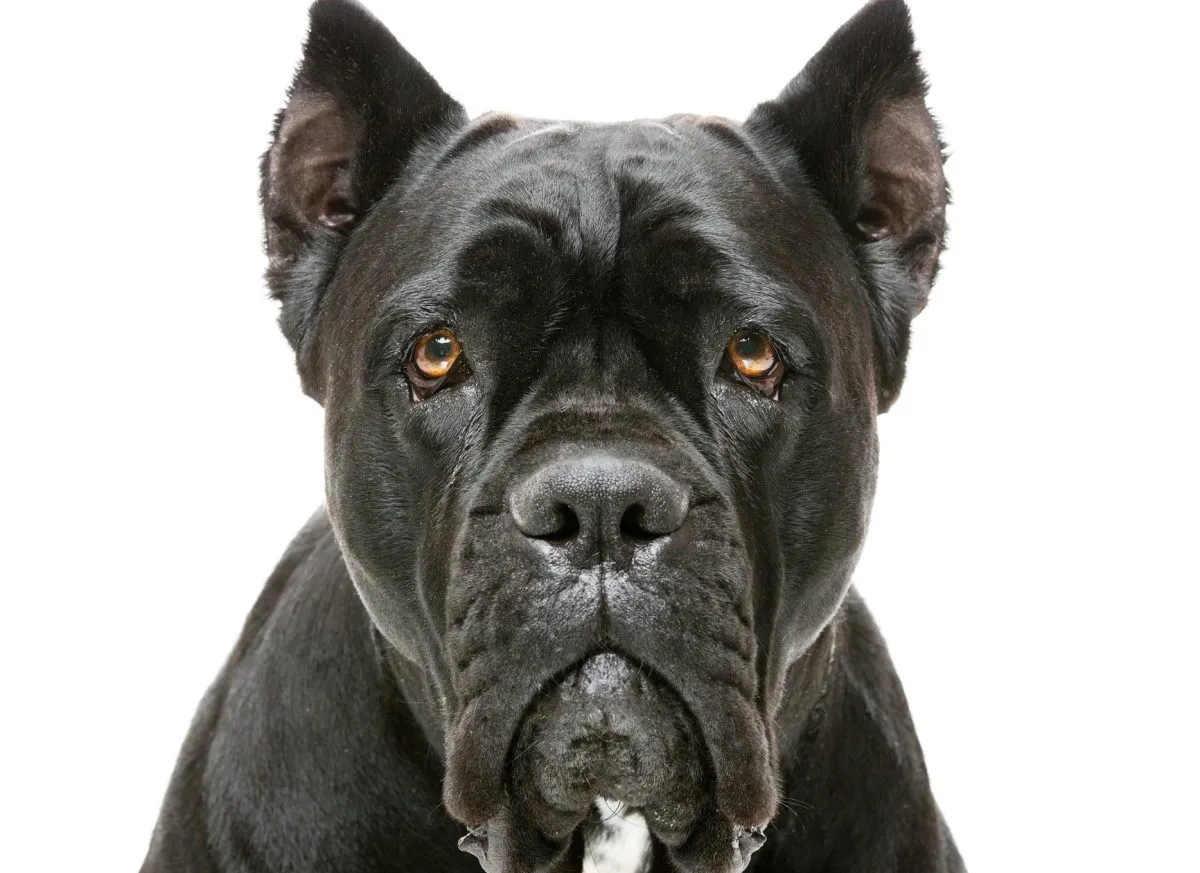Here’s A List Showing 30 Of The More Rare & Extraordinary Dog Breeds Part #1
Natallia Pisarenka, Marisha Kazaryan, Robertas Lisickis, & Saulė Tolstych
boredpanda.com
Let’s get one thing straight right off the bat: any dog is a cool dog 🐶 no matter breed, appearance, or pedigree. Yet, when you walk in the street or in a dog park, you will probably see some breeds much more often than others. While some you recognize instantaneously, other uncommon dog breeds you might be seeing for the first time & not even know their names.
Some of these breeds have been designed intentionally, with a specific purpose in mind, like guarding or herding a flock . But at times, weird dog mixes occur when 2 very unlikely breeds come together in a love 💘 relationship, producing a funny, adorable pup no one has seen before. But then again, if you remember that dogs evolved from wolveswolf, all dogs become weird dogs, or should we say, weird wolves.
For this article, we collected some of the rare dog 🐕 breeds you don’t see in the dog park every day. How many of these exotic dogs have you met in real life? Share this article with your dog-loving friends, & show us your floofs, no matter how rare or common, in the comments because we always appreciate pics of the coolest dogs, & we know yours is just one cool doggo.
#1 Peruvian Inca Orchid Dog
Native to Peru 🇵🇪, this dog is one of several hairless breeds. It is officially a part of the country’s cultural heritage. Usually raised as pets, Peruvian Inca Orchid Dogs radiate heat from their bodies & are great to cuddle with & stay warm. Affectionate & intelligent, they are very protective of the women 🚺 & children of the family.
#2 Pumi
This Hungarian 🇭🇺 breed is well-known for its funny facial expressions. While they have been bred since the 17th century, official standards were only recorded in 1935. As a breed of sheepdog, they are equally good at gathering, driving, & keeping stock under control. While they may be a little too vocal at times, Pumis are also intelligent & lively.
#3 Estrela Mountain Dog
Not only is the Estrela Mountain Dog a great herd-guarding dog, but it is a formidable opponent to any sort of prey it might face. It doesn’t need to be taught to protect children, as it does so instinctively to all little ones in the family. As the breed is known for its independent mind, it is important to train them from early on.
#4 Xoloitzcuintli
Though the Xoloitzcuintli is one of several hairless dog breeds, sometimes the same litter can include both hairless & coated pups. The name of the breed comes from Xolotl, the Aztec god of fire🔥 & lightning 🌩. There has been very little selective breeding in Mexico 🇲🇽 where the Xoloitzcuintli originates from, allowing them to retain their primitive temperament of high intelligence, high energy, & strong social skills.
#5 Schipperke
Though believed to be bred as a barge dog for the canals of Belgium 🇧🇪, the name can be translated both as “little captain” & “little shepherd,” depending on the region. While in the 1880s Schipperkes were seen on barges & small boats 🛳, given their lineage that can be traced to a shepherd dog called the Leauvenaar, it is safe to assume that initially they were intended to guard flocks.
#6 Basenji
Basenji originally come from Congo, a country on the African continent. Alongside their distinct appearance, they also have several interesting traits that are not very common among other breeds. For example, Basenjis rarely bark, preferring to make a weird yodeling sound. Another thing is that the females can only reproduce once a year.
#7 Swedish Vallhund
Swedish Vallhunds hail back to the 8th or 9th century when they were bred to herd & drove cows 🐄. In 1942, the breed was on the brink of extinction, but careful & patient work combined with publicity brought them back. Short legs help the Swedish Vallhund stay closer to the ground & nip at the ankles of any misbehaving cow. Today it is considered the national dog of Sweden 🇸🇪.
#8 Coton De Tulear
Meet the national dog of Madagascar. The Coton de Tulear, named after a city, is more of a cloud 🌥 than a hunting dog. It has been the companion of Merina, the ruling tribe of Madagascar, for a long time, earning the title of the Royal Dog of Madagascar.
#9 Old English Sheepdog
Remember Prince Eric & his dog Max from The Little Mermaid? Max was an Old English Sheepdog, or, as they are also called, a bobtail. They are very chill & fun to have around. Their old habits are strong though, so an Old English Sheepdog may try to herd children by bumping them gently. But then, you can use that time to go get yourself a cuppa.
#10 Tibetan Mastiff
Called “nomad dog” or “lion dog” in its native Tibet, Tibetan Mastiffs will likely keep all the wrongdoers away from your house based on their sheer size. Raising a Tibetan Mastiff requires some work, as they tend to be intelligent but stubborn. Originally used to protect Buddhist 🕉 monasteries from large animals, this breed retains its guardian nature.
#11 Leonberger
Don’t let the Leonberger’s massive figure fool you. This dog is very agile & is great at search & rescue, especially in water 💦. However, it was primarily bred as a family dog & remains true to its calling. It is safe to leave your little children around them, knowing that they will take great care of them.
#12 Catalburun
Bred in Turkey 🇹🇷 for hunting game, especially partridge & francolin, the Catalburun is one of only 3 dog breeds that have a distinct split nose. With only a few hundred specimens existing today, this breed is considered to be very rare. Thanks to their acute sense of smell, Catalburuns have recently been trained to serve as detection dogs for drugs, explosives,💣, & search & rescue.
#13 Nederlandse Kooikerhondje
Kooikerhondje translates from Dutch as "duck 🦆 catcher’s small dog” & describes this breed’s main occupation. Belonging to the spaniel family, these dogs are cheerful, well-behaved, friendly, & alert. They take time to warm up to someone but stay loyal for the rest of their lives.
#14 Bergamasco Sheepdog
If you want to work with sheep 🐑 you have to look like a sheep. The Bergamasco Sheepdog mastered this look with excellence. They originated in the Italian part of the Alps where they were used as herding dogs. Every part of their body is covered with long fur to help them stay protected in bad weather.
#15 Cane Corso
If you have ever walked down the street with a Cane Corso on a leash, you’ve probably noticed how people tend to part in front of you to make way for this gorgeous giant. While being great guardians, they are very affectionate to their own humans.
Cute Critter Pics:
Weekly Chuckle:



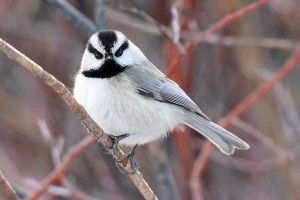


.jpg)

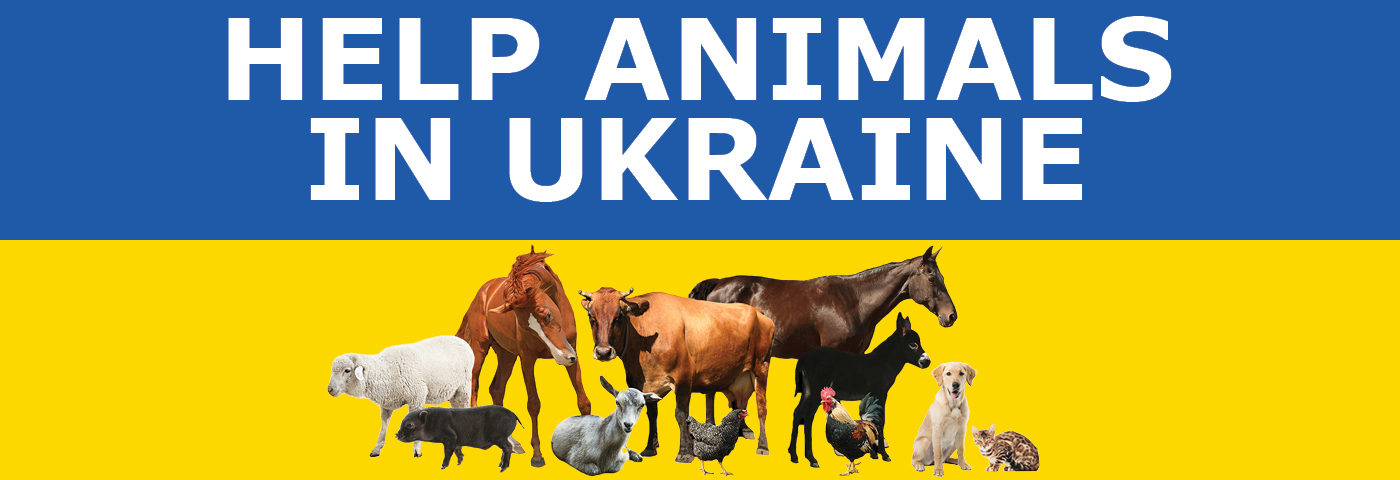


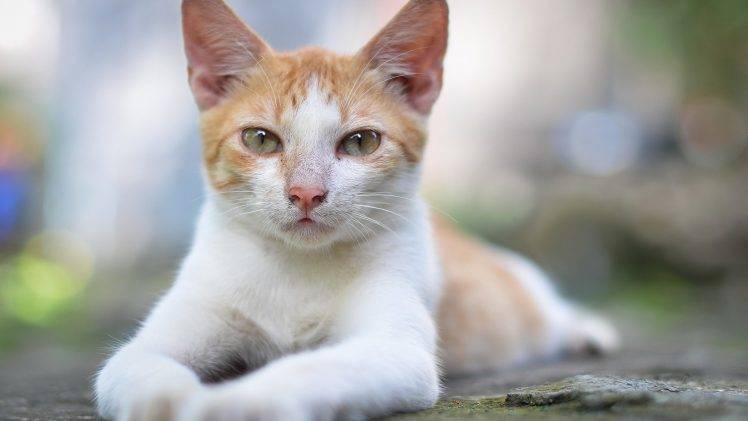





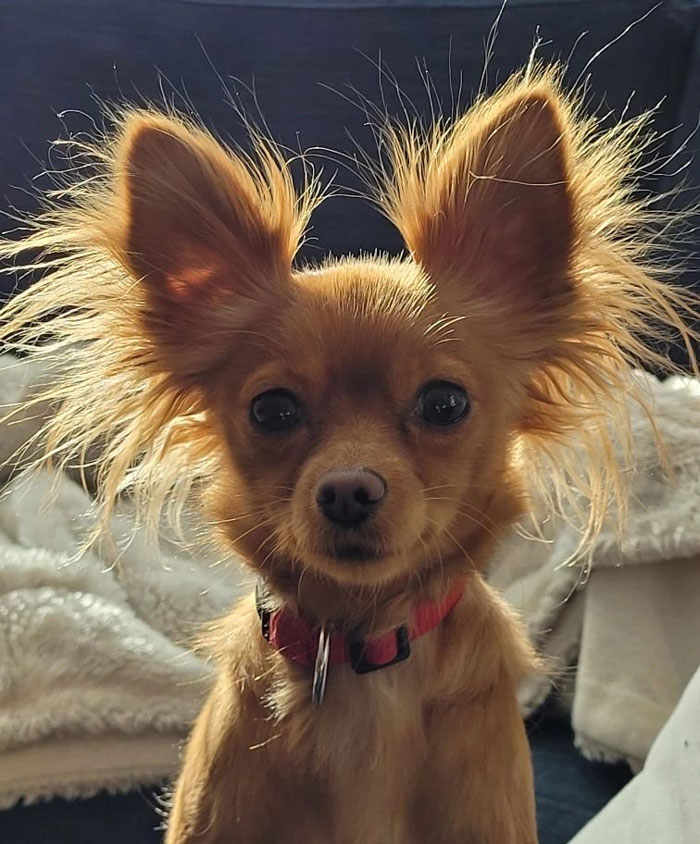


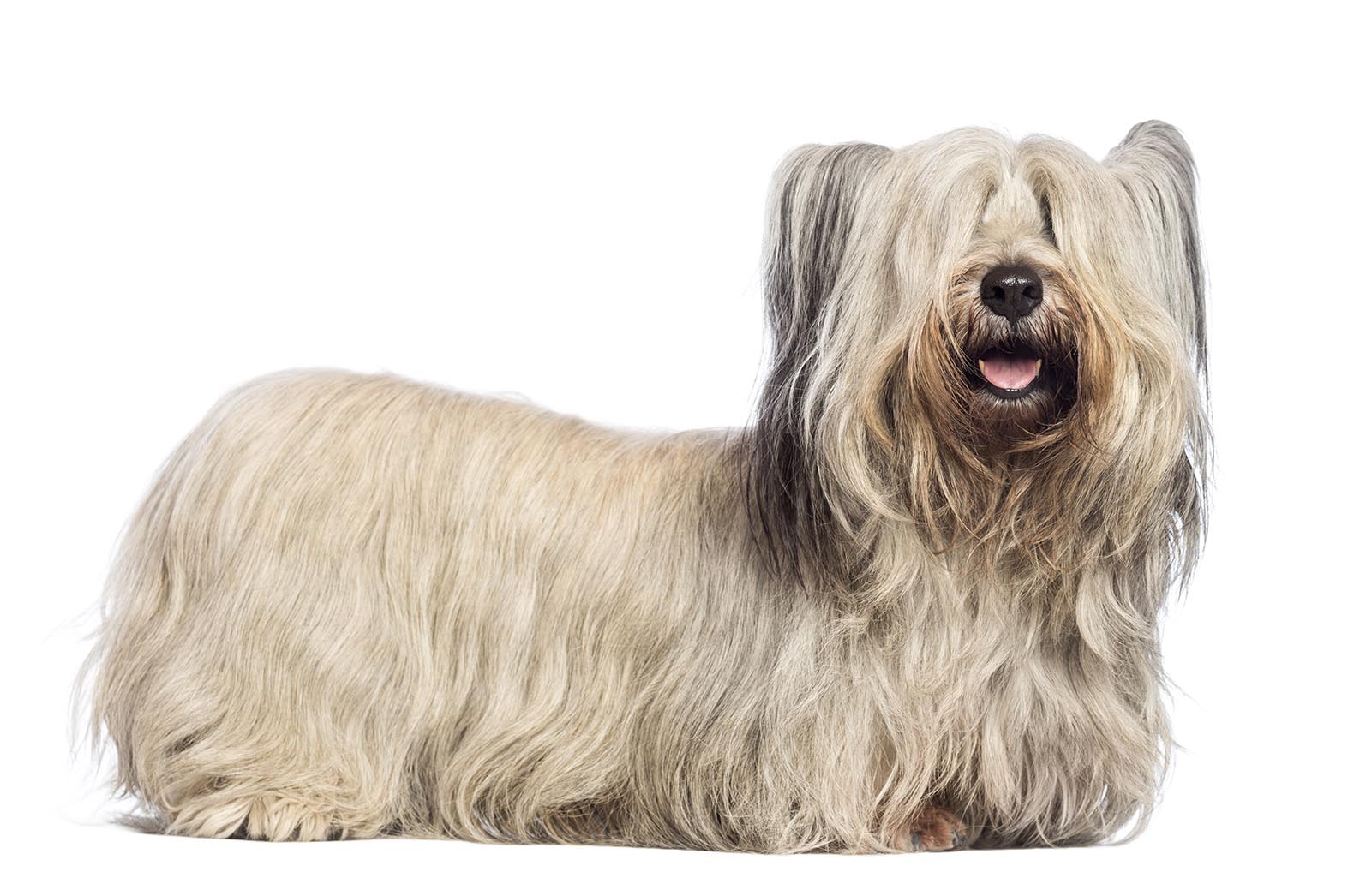
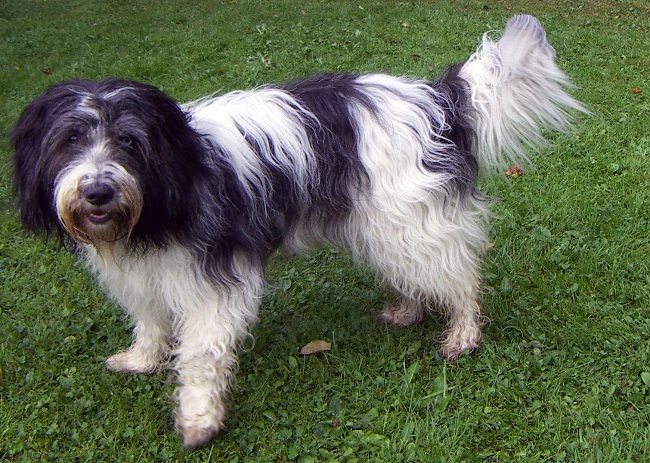







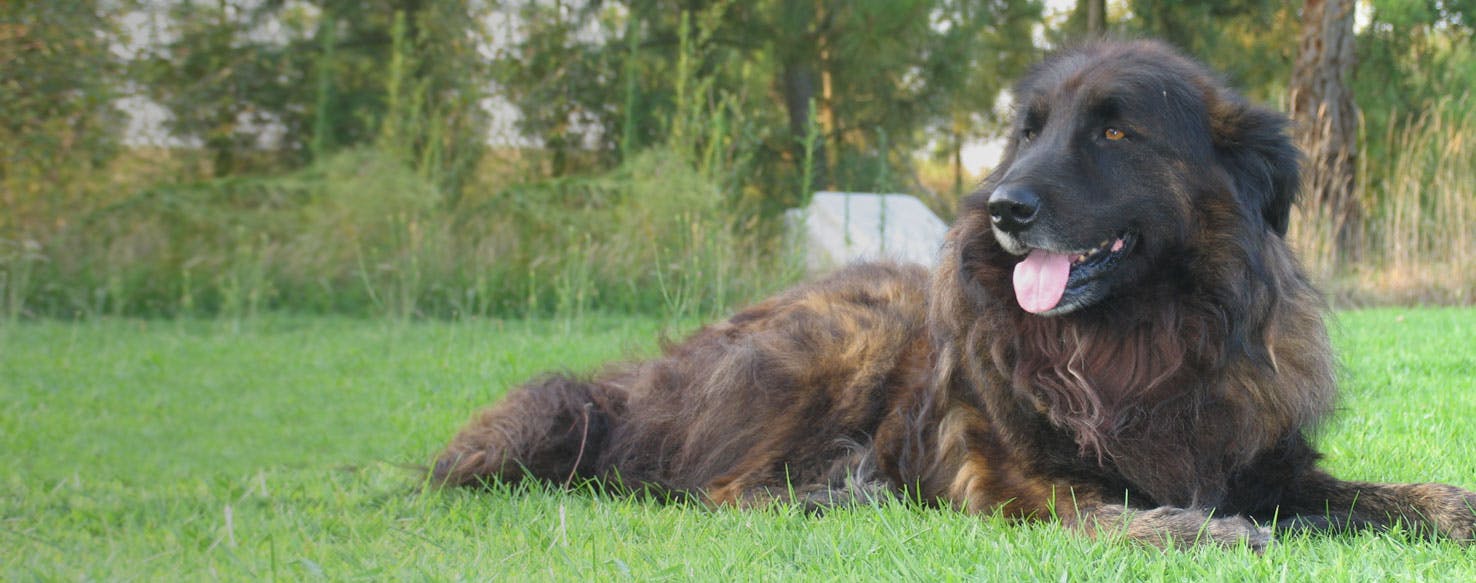
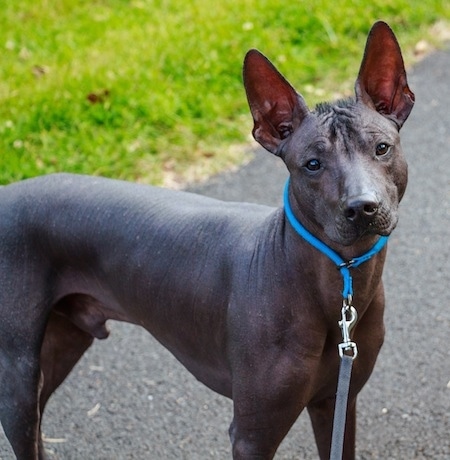

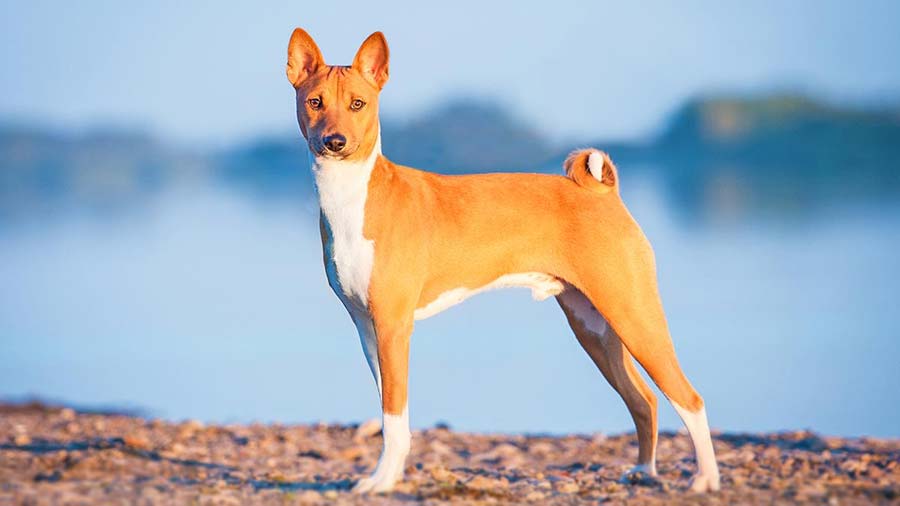
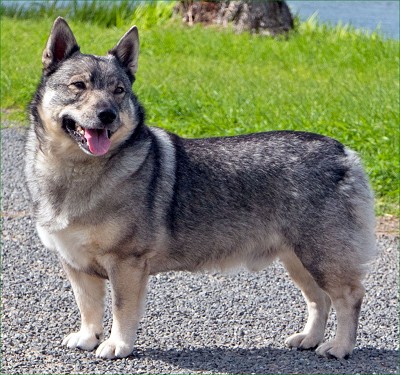

:strip_icc()/GettyImages-658847068-1bcb46815dee4e6a8733893be53b604b.jpg)
